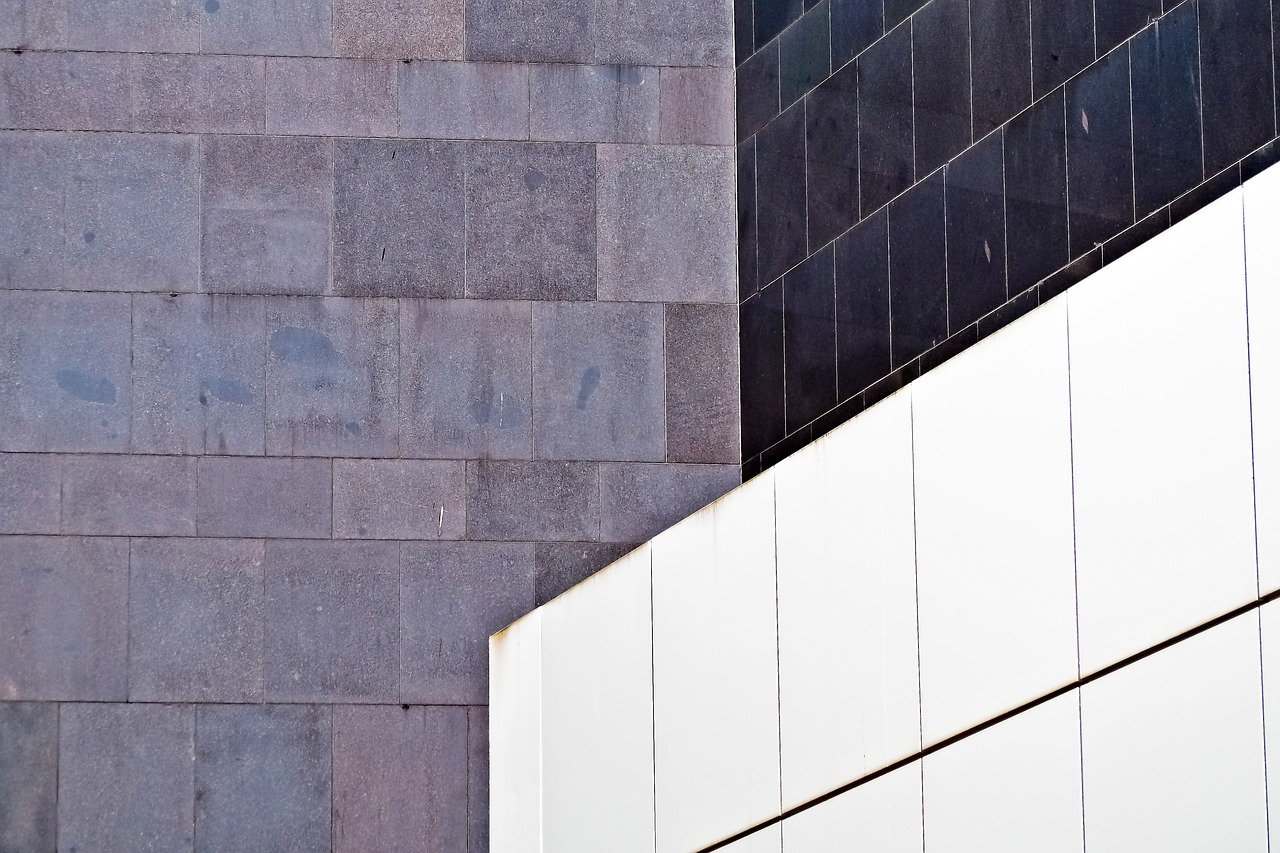Junction
Junctions are the points or surfaces in buildings and other structures where different elements or components come together. Properly designed and constructed junctions help to ensure the building performs properly:
- Junctions provide the points or surfaces where different structural elements of the building connect and transfer loads. The integrity of these junctions is crucial for the overall stability and safety of the building.
- Junctions can be a source of heat loss or gain. Properly designed and constructed junctions can help to prevent thermal bridging, which can lead to energy inefficiency and higher heating or cooling costs.
- Junctions are also important for managing water and moisture in a building. If not properly designed and constructed, water can penetrate through junctions and cause damage to a building and its components.
- Junctions can also affect the acoustic performance of a building. Properly designed and constructed junctions can help reduce noise transmission between different areas of abuilding.
Common types of junctions include:
- Roof-to-wall junctions, important junction for weatherproofing.
- Window-to-wall junction, important for preventing water and air infiltration and ensuring energy efficiency.
- Wall-to-floor junctions, ensuring the stability of the building and preventing moisture and air infiltration.
- Door-to-wall junctions, connecting the door frame to the surrounding wall, providing weatherproofing and preventing air and water infiltration.
- Expansion joints, allowing for movement between building components or materials due to thermal expansion and contraction or settlement.
Key design considerations include:
- The compatibility of materials: Different building materials expand and contract at different rates, or have corrosive properties which can cause stress on junctions. Compatibility of materials is essential to ensure that the junctions perform correctly over time.
- Proper sealing of junctions is essential to prevent water, air, and moisture infiltration. Adequate sealing can be achieved through the proper design, manufacturing and installation, and the use of sealants, tapes, flashing and so on.
- Adequate drainage is important to prevent water accumulation and damage to the building. Drainage can be achieved through the use of weep holes, scuppers, and other drainage systems.
- Thermal breaks are used to prevent thermal bridging and energy loss at junctions. They are typically achieved through the use of insulation or other materials that provide a barrier to heat flow.
- Junctions must be designed to transfer loads and stresses effectively. Proper reinforcement, fastening, and connections are essential to ensure the structural integrity of the junction.
- Junctions must be designed to allow for movement due to thermal expansion and contraction, settlement, and other factors. Movement allowance can be achieved through the use of expansion joints, slip planes, and other techniques.
- Junctions must be designed to provide adequate fire resistance. This can be achieved through the use of fire-resistant materials, such as fire-rated sealants and insulation.
[edit] Related articles on Designing Buildings
- Adhesives.
- Connection.
- Expansion joint.
- Fixing v fastener.
- Fixings.
- Joint v connection.
- Movement joint.
- Off-site prefabrication of buildings: A guide to connection choices.
- Rivet.
- Soldering.
- Strap.
- Structural fasteners.
- Tolerance.
- Types of bolts.
- Types of nails.
- Types of nuts.
- Types of screws.
- Welding.
Featured articles and news
Professional practical experience for Architects in training
The long process to transform the nature of education and professional practical experience in the Architecture profession following recent reports.
A people-first approach to retrofit
Moving away from the destructive paradigm of fabric-first.
International Electrician Day, 10 June 2025
Celebrating the role of electrical engineers from André-Marie Amperè, today and for the future.
New guide for clients launched at Houses of Parliament
'There has never been a more important time for clients to step up and ...ask the right questions'
The impact of recycled slate tiles
Innovation across the decades.
EPC changes for existing buildings
Changes and their context as the new RdSAP methodology comes into use from 15 June.
Skills England publishes Sector skills needs assessments
Priority areas relating to the built environment highlighted and described in brief.
BSRIA HVAC Market Watch - May 2025 Edition
Heat Pump Market Outlook: Policy, Performance & Refrigerant Trends for 2025–2028.
Committing to EDI in construction with CIOB
Built Environment professional bodies deepen commitment to EDI with two new signatories: CIAT and CICES.
Government Grenfell progress report at a glance
Line by line recomendation overview, with links to more details.
An engaging and lively review of his professional life.
Sustainable heating for listed buildings
A problem that needs to be approached intelligently.
50th Golden anniversary ECA Edmundson apprentice award
Deadline for entries has been extended to Friday 27 June, so don't miss out!
CIAT at the London Festival of Architecture
Designing for Everyone: Breaking Barriers in Inclusive Architecture.
Mixed reactions to apprenticeship and skills reform 2025
A 'welcome shift' for some and a 'backwards step' for others.























Comments
[edit] To make a comment about this article, or to suggest changes, click 'Add a comment' above. Separate your comments from any existing comments by inserting a horizontal line.